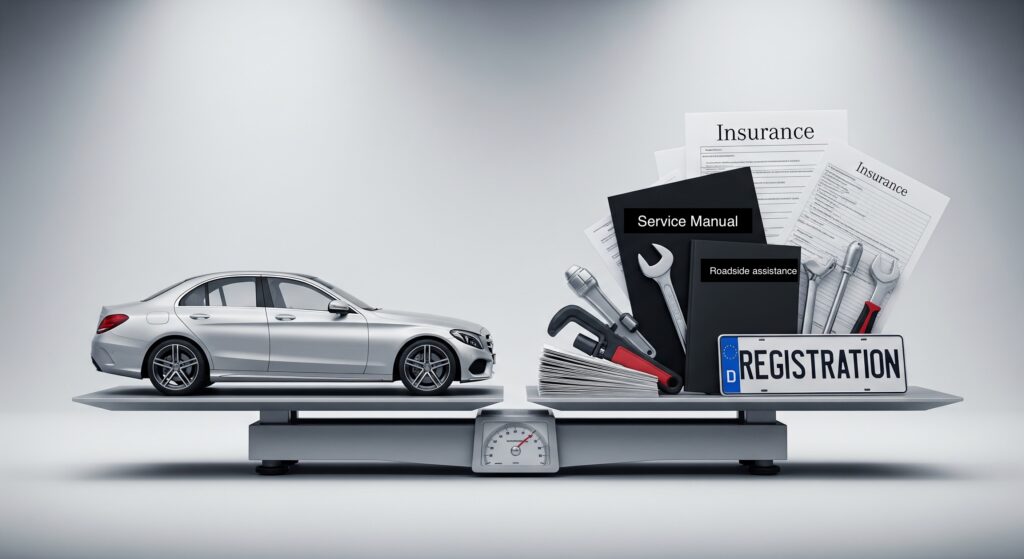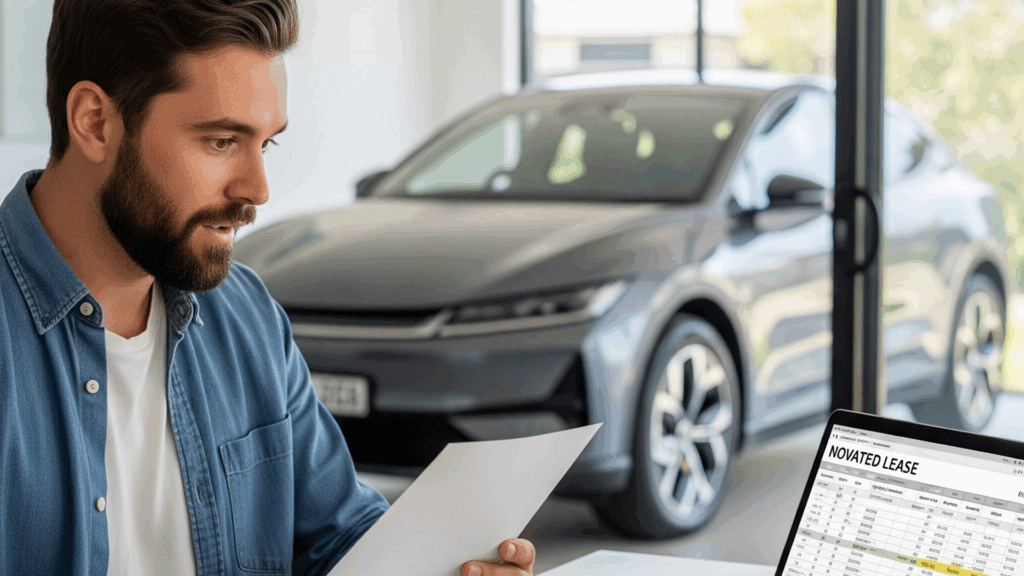I’ve just spent 48 hours with a Tesla Model Y.
Having never driven an electric vehicle, I have some doubts when I collect it from the Karmo office in Brisbane.
First up, and I feel silly asking the Karmo employee about it, but how does charging work? I don’t know how to approach it: do I need to charge at public charge stations? Where are they? Is it possible to charge at home? How do I charge at home? Do I need to install equipment? How much will it cost?
I have to understand charging before I can let myself enjoy the car.
I learn that with a “full tank” it has a range of 514km, and charging is much easier than I thought, with significant cost benefits too.
Home charging with a standard wall socket. There’s a 10-amp Mobile Connector that you can plug into the wall, the same as you would your kettle, and this will give you about 15km of charge per hour and take 35 hours for a full charge.
Home charging with a Tesla Wall Connector. You can purchase a Tesla AC Wall Connector for $750, which an electrician will need to install. It’s a small box that will give you about 70km of charge per hour and take about 7-8 hours for a full charge.
Public charge stations. There are about 2500 AC charge points at hotels, shopping centres, restaurants and other locations across Australia that will give you similar results to the Tesla Wall Connectors described above. For the fastest charge, there are about 500 DC charge stations around the country. The quickest of these are Tesla Superchargers, which will give you a full charge in under 30 minutes. You can find these using the vehicle’s navigation system on the touchscreen display.
The cost of charging varies depending on how and where you charge. At home, it will add about $20-30 to your electricity bill for a full charge. At a Tesla Supercharger, it will cost about $35-40. The NRMA has a network of fast-charging stations that are currently free for both members and non-members. Other public AC charge-points, although slower, are also often free.
With charging out of the way, I’m now ready to enjoy the car, and the first thing I enjoy is opening it with a smart card that fits in my wallet rather than with a “20th century” key.

For the uninitiated, moving from a traditional car to a Tesla EV is more revolution than evolution. Teslas are built with first-principles thinking — back to the drawing board on what a car is and designing from the ground up. Quite a few things don’t work the way you’re used to and other things aren’t where you expect. But this should be embraced, as most of this is for good reason and it doesn’t take long to get comfortable.
I drive from the Karmo office home via a short stop at the supermarket. I’m home an hour later and completely at ease.
What’s it like behind the wheel? Powerful, zippy, smooth, intimate, quiet.
If you put your foot down, there’s instant full torque available and it takes off fast enough to push you firmly back in the seat — it’s surreal just how much power there is if you want it, and how silent and smooth it can be.

Regenerative braking is where you take your foot off the accelerator and the car uses its motors to slow itself down, so you don’t need to apply the brake in the usual way. It takes the energy from the washed-off speed and puts it back into the battery. It’s strange at first, but it gives you more control, and I quickly grow to love it.
There isn’t a speedometer or any display above the steering wheel. So, you hold the wheel and see the road without obstruction or distraction. This gives a real feeling of oneness with the road and coupled with the low centre of gravity and excellent handling, it’s a beautiful driving experience. Your speed, battery charge, navigation, and all the in-car apps are on a super-sized touchscreen display centrally positioned.
I find the door handles confusing at first. In fact, after 48 hours, I still don’t know if I’m using them correctly. I assume I’m probably not as Tesla wouldn’t intend for such a clunky process. I have to Google it and watch a video, so it isn’t intuitive, but actually the technique makes a lot of sense once you get it.
I do the math on the cost of ownership with a Karmo EV subscription and it’s compelling. There are different length subscriptions available with the most affordable a four-month subscription costing $399 a week. I don’t have to go all-in on an EV straight up and I don’t have to outlay $72,300 for the purchase or increase my debt by that amount with a car loan in addition to my mortgage. I just have to pay the weekly subscription cost and for charging. Included in the subscription are servicing, maintenance, tyres, registration, CTP, insurance and roadside assistance.
I have four young kids and first came across Karmo when I found myself needing a van. Not a change that excited me but an essential one. The application and set-up were surprisingly quick: all low doc, digital and easy to fill.
Some say it’s not quite time to jump to an EV, but I don’t think you’ll hear many people that have driven the Tesla Model Y say that.

Karmo offers car subscriptions in all major Australian cities. We have delivery hubs in Sydney, Melbourne, Adelaide, Perth and Brisbane. To learn more about how to subscribe to a car, please contact us or submit an enquiry.
Author
-

Samuel Merigala is Karmo’s Digital Marketing Specialist, leading content, campaign strategy, and digital performance as the company scales its footprint across Australia. With experience spanning SaaS, automotive, and non-profit sectors, Samuel brings a unique mix of analytical thinking and creative execution to the team.












